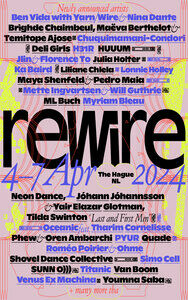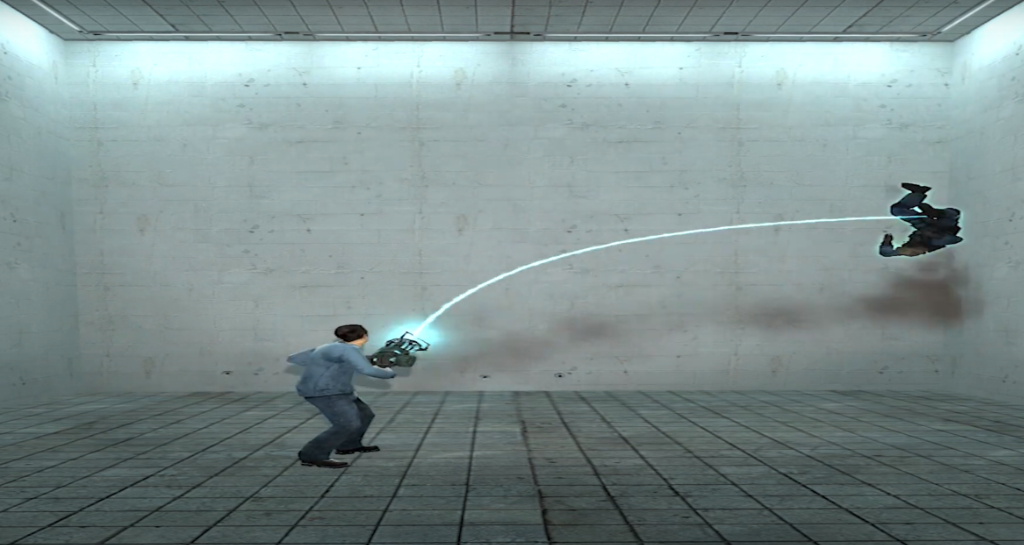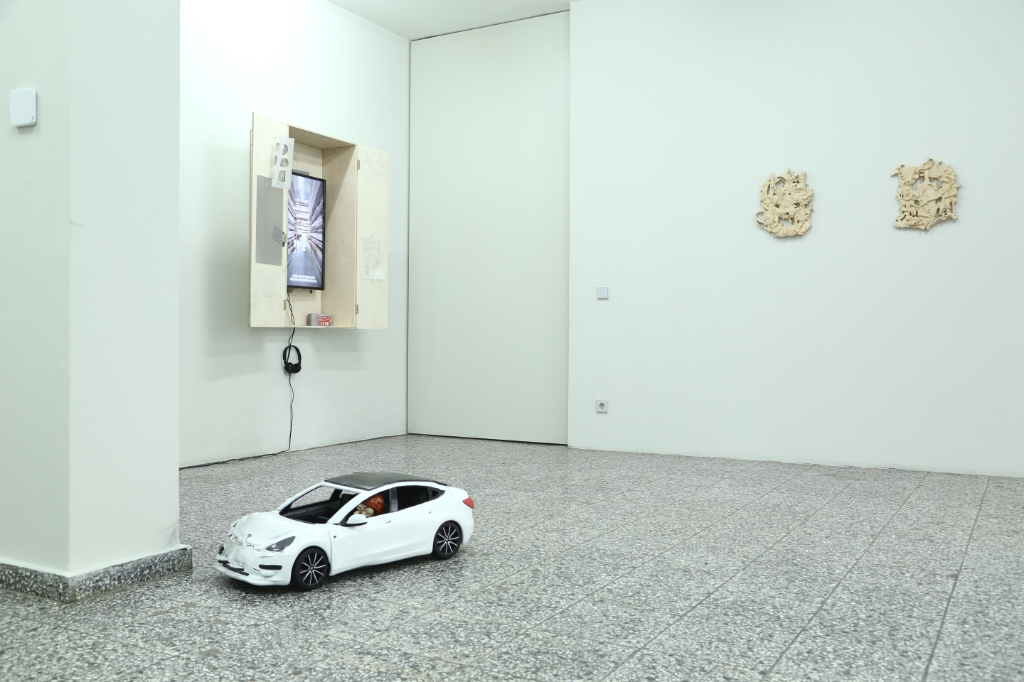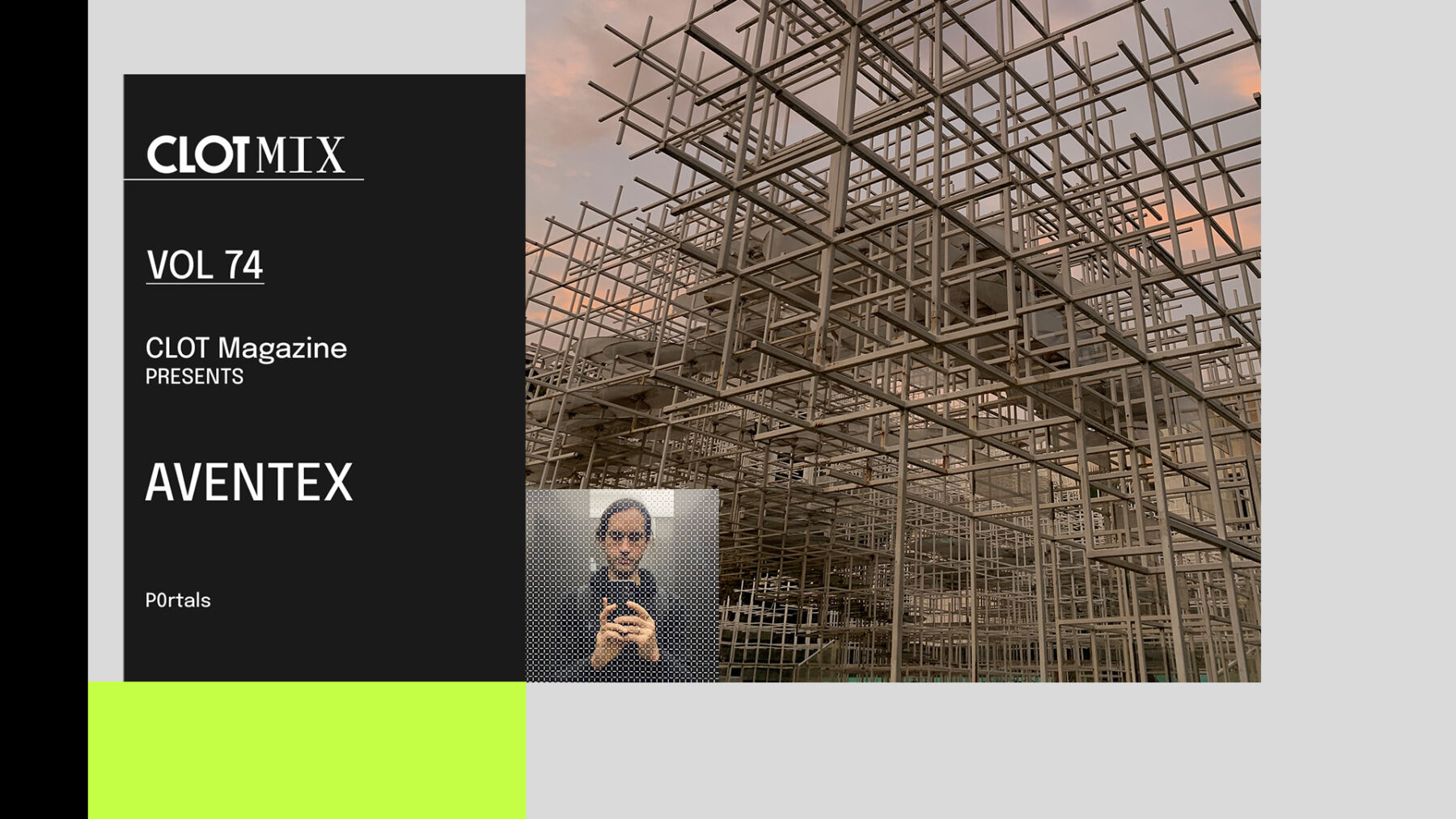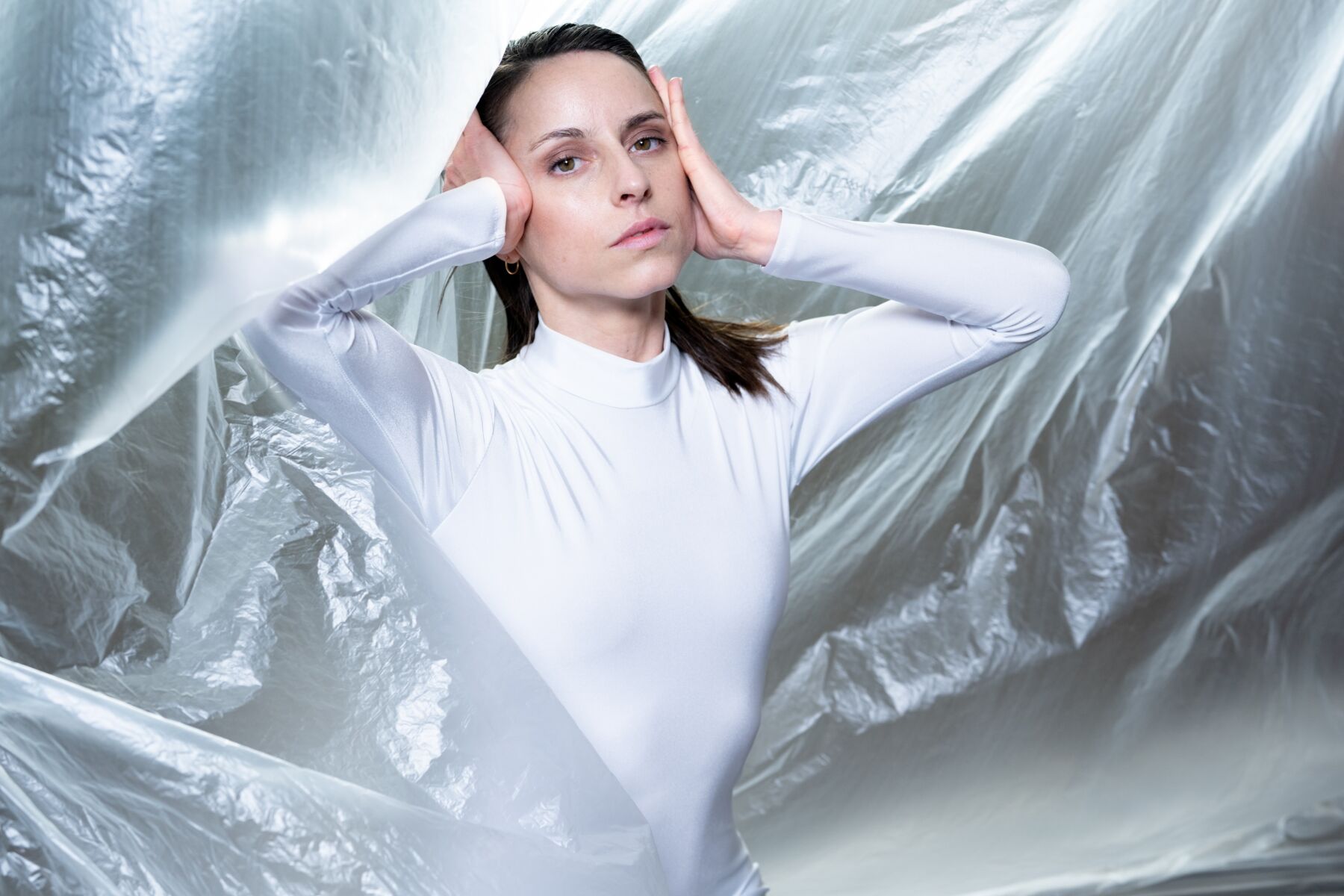Interview by Simona Serban
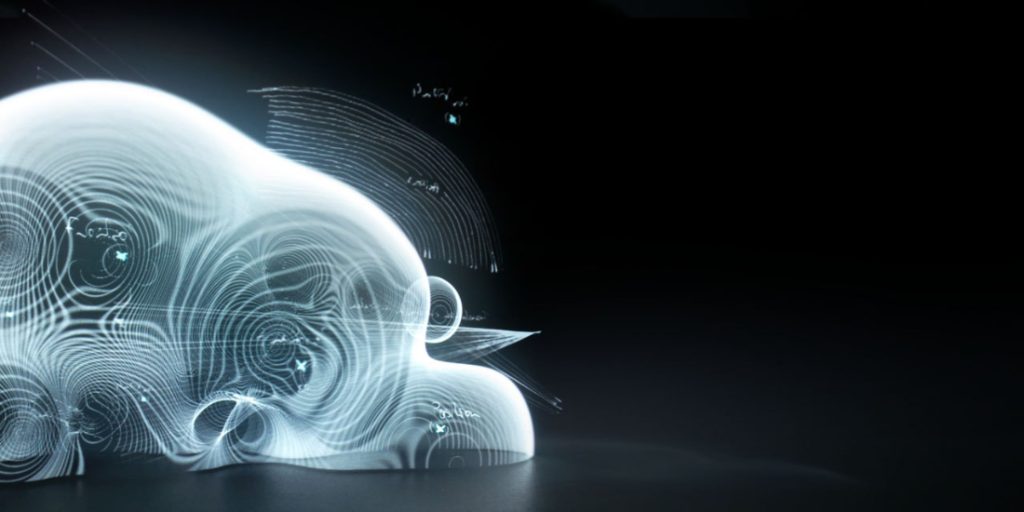
onformative is a multidisciplinary studio for digital art and design, focused on constantly searching for new forms of creative expression in all of their design initiatives and installations. The studio has a unique design approach as they focus on emphasising and creating design strategies that evoke emotional responses, playing with the visitor’s empathic replies to their immersive installations.
Founded by Julia Laub and Cedric Kiefer in 2010, onformative has been continuously evolving and refining itself. In their own words, we create meaningful works that challenge the boundaries between art, design and technology. As we stay true to an open process, the outcome of our works takes on varying forms across media through self-initiated and commissioned projects that range from interactive media installations, generative design and dynamic visuals to data-driven narratives.
For the studio to achieve such results, its team includes creatives from various international backgrounds and disciplines with experience and knowledge connected by a shared fascination with the creative process of exploration and our keen interest in the unknown.
By staying simultaneously focused and open-minded, they ensure a work environment that enables professionality as much as creativity. Anima Iki (2015) is a spatial installation that reacts to its environment creating an immersive experience of light and sound. They focused on showcasing the ability that art and design have in common: to open new perspectives for the viewers. In architectural design, this principle enters new dimensions. From large outdoor screens to spatial screen installations and data-infused sculptures, there are endless possibilities to transform rooms, foyers or complete buildings and enhance their visual impact.
Ambient Mode is another project that focuses on thinning the space between the stillness of a picture and the fluidity of moving images. This project focuses on unique artistic content that turns the Samsung QLED TV into more than a screen with the Samsung Ambient Mode that elegantly integrates it into the room. The studio focused on the significance of an integrative approach when working at the intersection of technology and design is clearly shown through the symbiosis of hardware and software in the Ambient Mode project.
IBM Watson is a project that approaches a visual representation related to the brand’s identity. It is easy to grasp that an extensive research and development process has been essential. onformative focused on design solutions to give an increasingly human-like technology identity that was authentic and trustworthy. Different sets of behaviours and how they would be represented regarding movement, shapes or materiality were developed to transform analogue and digital.
Part of their design approach was to explore how A.I. communicates with humans, and to be able to do that; they developed an adaptable, context-aware and data-driven system that runs in real-time. Now it’s time to learn more about their process, their passions, their vision of the future for their industry and how we can better understand the field of immersive media since it is here to stay.
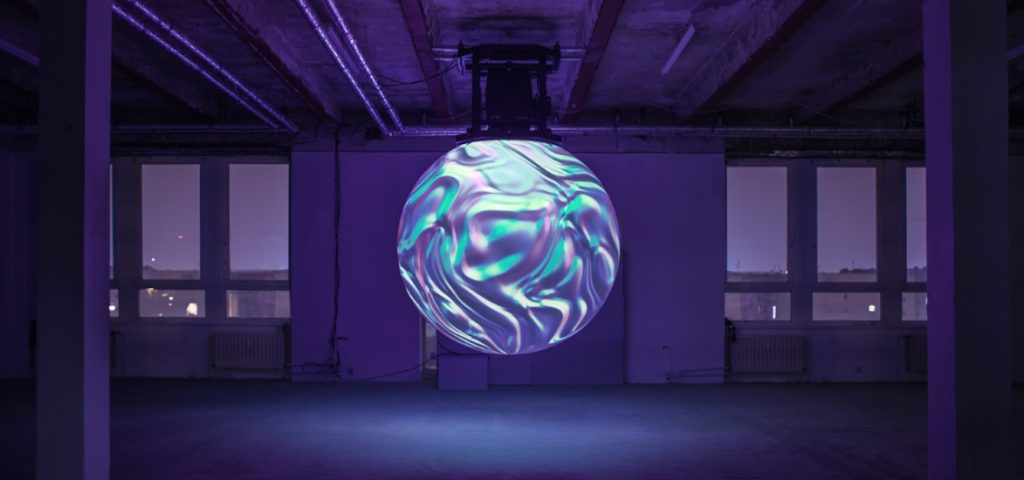
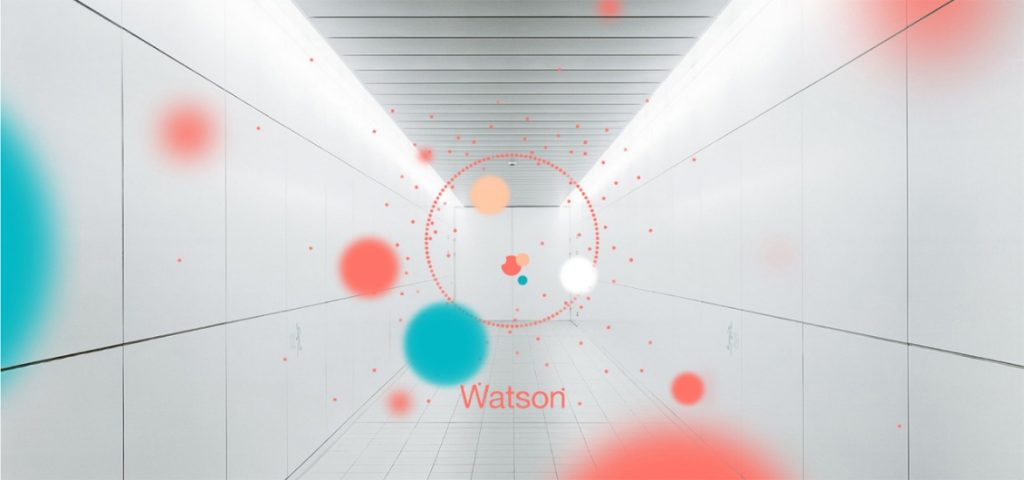
For those unfamiliar with the onformative ’s creations, could you tell us more about the story of what led you to found your studio?
It was back in 2010 when we decided to found the studio, just a couple of years after we first met through Skype. We co-wrote the book Generative Design, which has become a standard on the subject and led us to become experts in this new field.
The techniques offered a new way of creating, and we started to apply the methods of Generative Design to actual projects as one of the first studios to do so. After a while, we or our projects “grew out” of this set of tools and started experimenting and developing our tools. That is how our journey of exploring the boundaries of art, design and technology started to unfold. Today our commissioned and self-initiated projects range from interactive media installations, generative design and dynamic visuals to data-driven narratives.
The studio’s interdisciplinary approach is visibly present in all of your projects and your emotional approach to the creation process. Could you please tell us more about what drove you to this form of expression – to create immersive experiences with an emotional approach – and what you aim to achieve with your design approach and creations?
Yes, combining different disciplines and experimenting with new technological developments has been what we were interested in doing right from the start. Exploring new ways of creative expression and creating a connection between the human and the machine through design is a key inspiration and goal of our work at the same time.
We love to discover how approaches can be combined to build interfaces and new solutions, which in return often reveal new ideas. In this process, we are what we call guided by an emotional approach, which means that we always keep humans in mind when experimenting with technology.
In our art projects, this reflects in the concepts and a high aesthetic more abstractly. In our commissioned projects, this can, for example, mean that a client has developed a new technology or a new device and needs a way to communicate it and make it tangible. That is where we find and develop a solution that creates an authentic representation and connects the product or technology and the user.
Regarding your technical process, given your unique approach, what programs and design tools do you usually go for in designing your creations, and what is your creative design process?
As we work interdisciplinary, we need to take new technologies into use, which means we do not pursue the one pre-defined workflow. It is probably what differentiates us from ‘typical’ design studios. We choose the tools depending on what the projects require. Sometimes we write them ourselves, like programming languages or game engines. To us, the project determines which tools we choose depending on the solution we seek or what we are interested in. This can also be very process-driven decisions. However, we, of course, also use classic tools like 3D or 2D design.
In 2015 you opened – Anima Iki – a spatial installation that reacts to its environment, thus creating an immersive experience of light and sound for its viewers. What was the driving force behind the project, and why did you choose to create an installation that could interact with its environment?
With art projects like Anima iki, a collaborative project, we find it interesting to observe the interaction of the people viewing it. It was exhibited in more than 20 different exhibitions worldwide, like VNA in China, the Van Gogh Museum in Amsterdam, or at SXSW.
It is fascinating to see the visitors react differently, again and again, highly depending on the context and situation of the exhibition. In the classical museum set-up, for example, the dynamic tends to be distinctively slower, with people slowly, carefully emerging the piece and interacting in a subtle way to begin with. Then, slowly warming up, you can observe how the interaction becomes more confident.
There is also definitely a group dynamic to observe; sometimes, you see one person sitting down in front of the piece and others following, thereby suddenly creating a kind of campfire-like situation. What’s important here is that there are no rules and that the viewers are free and open in approaching the artwork. There is an interesting tension between context, interaction and the interplay of it all, including the viewers. They become an active part of the artwork, and that is what makes it so exciting.
Many of your projects focus on experimental & research-based creation; what made you take on the approach – in your own words – of ‘developing visual languages to let the technology speak’?
Picking up on what we said earlier: as our approach emerges from Generative Design and creative coding, we have always been inspired by pushing the limits of design tools and developing our tools to implement our ideas as we have them. So it is a fruitful dynamic: new technologies enable new possibilities, inspiring new ideas.
But, on the contrary, reversing this game, there are new technologies which are not yet tangible. Therefore, there’s a need to develop new metaphors and languages to bridge these technologies for the human experience. And to give them a face is shaping and defining the interaction with the people using it. So it is the relationship between the human and the machine that is inspiring us.
What is your studio’s vision for the future of experiencing architectural, immersive design?
Well, especially regarding the consequences of the pandemic, there are new perspectives arising from the virtual and the physical room. Don’t you think it is funny that with all the possibilities we have, the virtual rooms we create are most of the time a copy of the physical? I am thinking of virtual showrooms, which have stairs and look like rooms we know. Why do we do this?
We find this very intriguing and think it tells a lot about us as humans and the need for physical connection. We need interaction, and we believe both go together so well. The digital and the analog are a splendid combination to complement each other. For example, we call it a spatial intervention to enhance architecture with digital art.
Site-specific digital artworks are an extension of what is possible in the physical space. Flux, the project we realised for the IBM headquarters in Munich a few years ago, turns data from the building into art on a screen installation and tells a story of the company.
Another example of taking these site-specific and data-driven projects is Coexist, a generative real-time installation for a large-scale media wall in Shanghai. It draws data from the city to create narratives of urbanisation. There are so many possibilities to merge the content and the site and think about architecture in astonishing ways.
What’s next for onformative in the near future?
Well, we’re lucky to say that the past few years have gone by so fast due to many nice projects, and we still need to catch up with the documentation. At the same time, ongoing collaborations keep evolving, blending with new requests for commissioned projects and ideas to realise our projects.
The nice part of this variety of different project types is that they are never totally exclusive. There are a lot of synergies unleashing, which is why we learn, evolve and continuously grow from them. We like to approach the future and the pace of technological development with an optimistic, curious mindset and be open to new possibilities – always keeping in mind that we shape the future together.
What is your chief enemy of creativity?
This makes me think of how it all started with the studio. You could say that we felt that the tools we used initially were starting to limit us in some way. These limitations can be regarded as an enemy of creativity as we couldn’t realise the projects the way we wanted. At the same time, these same limitations made us very creative as we started to create our tools.
There is this saying that I don’t want to mention because I am sure it has been used a lot in this context, but it says: we shape our tools, and after that, our tools shape us. It is an ongoing process of reaching a limit, exploring the boundary, being creative and daring and finding solutions. We like to break out and look beyond the horizon. I don’t know if this answers the question, possibly the opposite.
You couldn’t live without…
That’s a very open question with many answers. From the studio’s perspective, it’s definitely the people, our team and also our network and the ongoing (ex)change that time brings naturally. Without this tension of constant change, we’d be stuck, and we wouldn’t be what we are today. We love collaborating with new people and involving fresh talents who come with new perspectives. At the same time, we highly value the experiences and the knowledge we have gained over the years that define the expertise of our core team.






